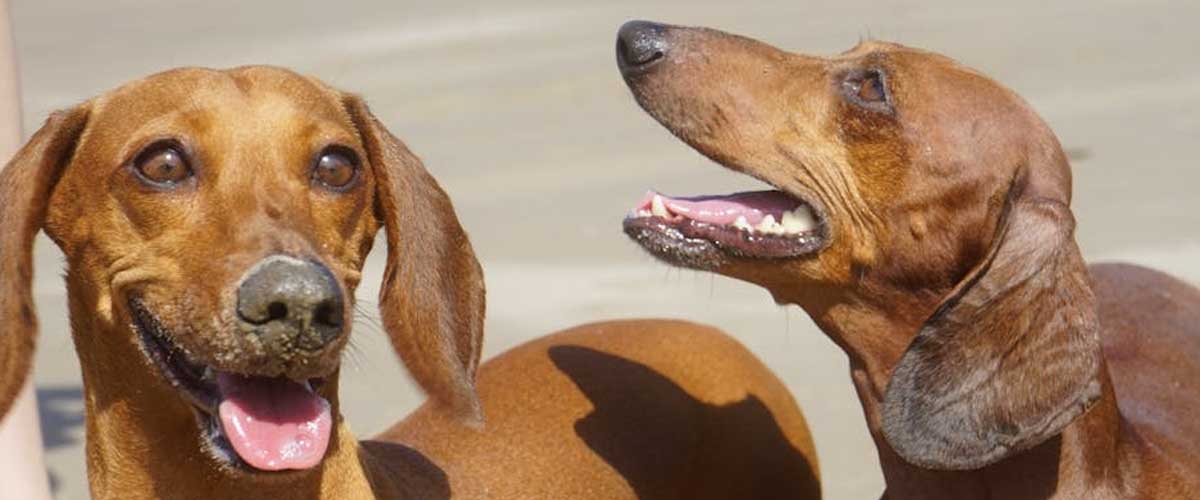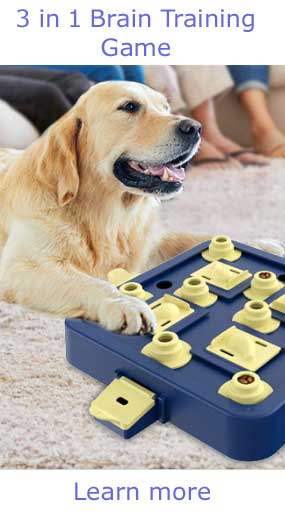Knee injuries are not uncommon in dogs, particularly in active breeds.
One of the most serious conditions that can affect your canine companion is a torn ligament in the knee, specifically the cranial cruciate ligament (CCL).
This injury can severely impact your dog’s mobility and quality of life if not addressed promptly.
What Are Knee Ligaments?
Ligaments are tough bands of tissue that connect bones to other bones at a joint.
In your dog’s knee, there are two main ligaments: the cranial cruciate ligament (CCL) and the caudal cruciate ligament (CCL).
The CCL is particularly important as it stabilizes the knee joint and allows for proper movement.
Causes of Torn Knee Ligaments
Torn knee ligaments in dogs can occur due to several factors:
1. Trauma:
Sudden injuries resulting from accidents or falls can lead to ligament tears.
This is more common in active dogs that engage in rough play or sports.
2. Degeneration:
Over time, ligaments can weaken due to repetitive stress or aging.
This is especially true for older dogs or those who are overweight, as excess weight places added strain on the knees.
3. Genetics:
Certain breeds, such as Labrador Retrievers, Rottweilers, and German Shepherds, are predisposed to ligament injuries due to their anatomy and activity levels.
Signs and Symptoms
Recognizing the symptoms of a torn ligament is crucial for early intervention.
Common signs include:
Lameness:
A noticeable limp in the affected leg, especially after physical activity, which may improve with rest.
Swelling:
Inflammation around the knee joint can be visible or felt when palpating the area.
Pain:
Dogs may exhibit signs of discomfort, reluctance to walk, or sensitivity around the knee when touched.
Decreased activity:
Your dog may seem less energetic or avoid jumping and running.
If you notice any of these symptoms, it is essential to consult a veterinarian promptly.
Diagnosis
Veterinarians typically perform a physical examination and may use diagnostic imaging, such as X-rays or an MRI, to confirm a torn ligament.
These tests help determine the extent of the injury and assess any potential damage to surrounding structures.
Treatment Options
Treatment for a torn knee ligament will depend on several factors, including the dog’s age, overall health, severity of the injury, and activity level.
Options may include:
1. Conservative Management:
For minor tears or in dogs with a lower activity level, conservative treatment may be recommended.
This typically includes rest, anti-inflammatory medications, and physical therapy to strengthen the muscles around the knee.
2. Surgery:
In cases of complete tears or in active dogs, surgical intervention is often necessary to stabilize the joint.
Common procedures include tibial plateau leveling osteotomy (TPLO) or extracapsular repair, which aim to restore normal ligament function and mobility.
Post-Treatment Care
Regardless of treatment, allowing your dog time to heal is essential.
Follow your vet’s recommendations regarding rest and rehabilitation exercises, and be sure to keep follow-up appointments to monitor progress.
Weight management and gradual reintroduction of activities will help ensure a successful recovery.
Conclusion
Torn knee ligaments are serious injuries that require timely attention and care.
By understanding the causes, symptoms, and treatment options available, you can help your dog regain mobility and lead a happy, active life.
Regular check-ups and maintaining a healthy weight can also reduce the risk of such injuries in the future.
Always consult your veterinarian if you suspect your dog is suffering from a knee problem; their expertise is vital in ensuring the best outcomes for your furry friend.












